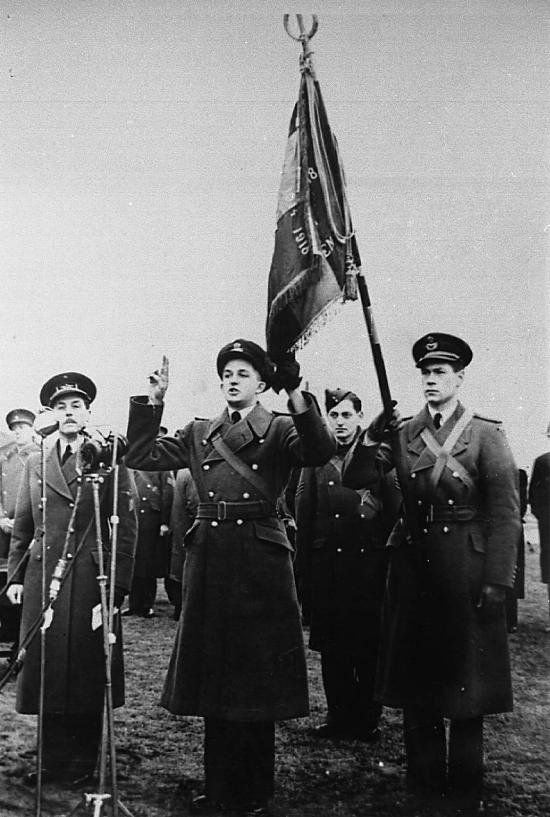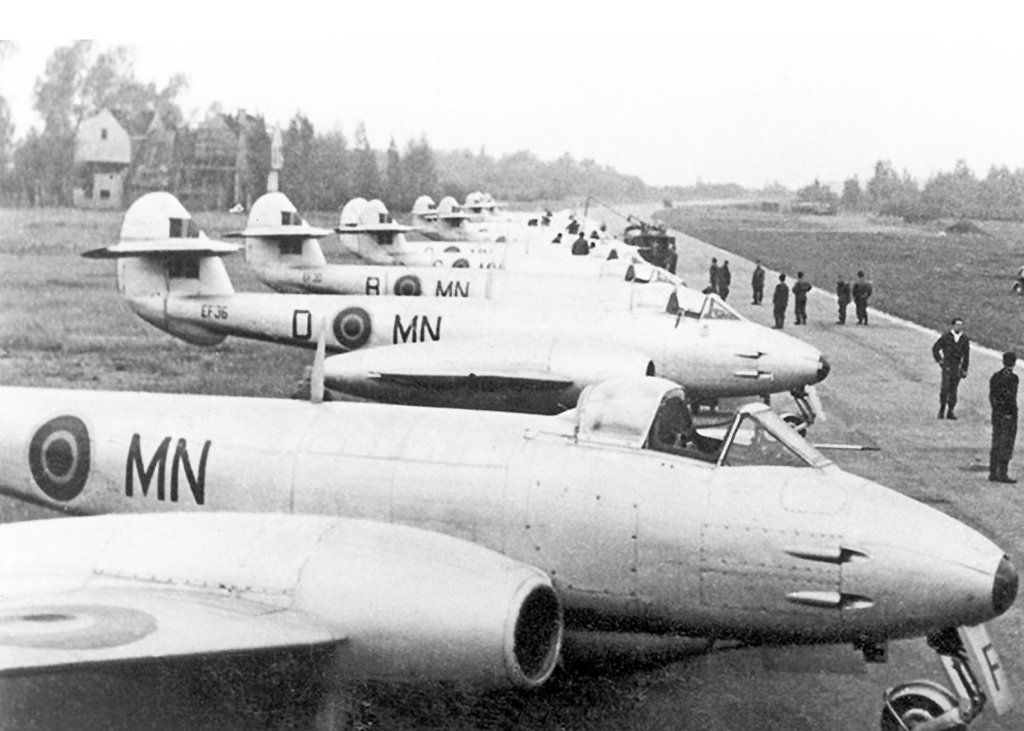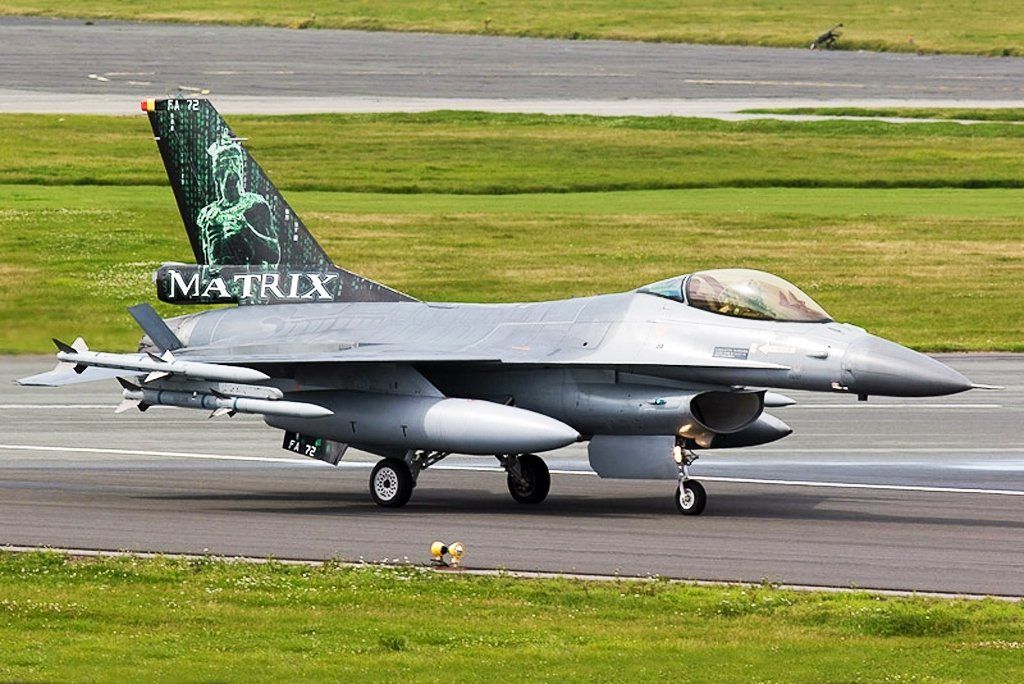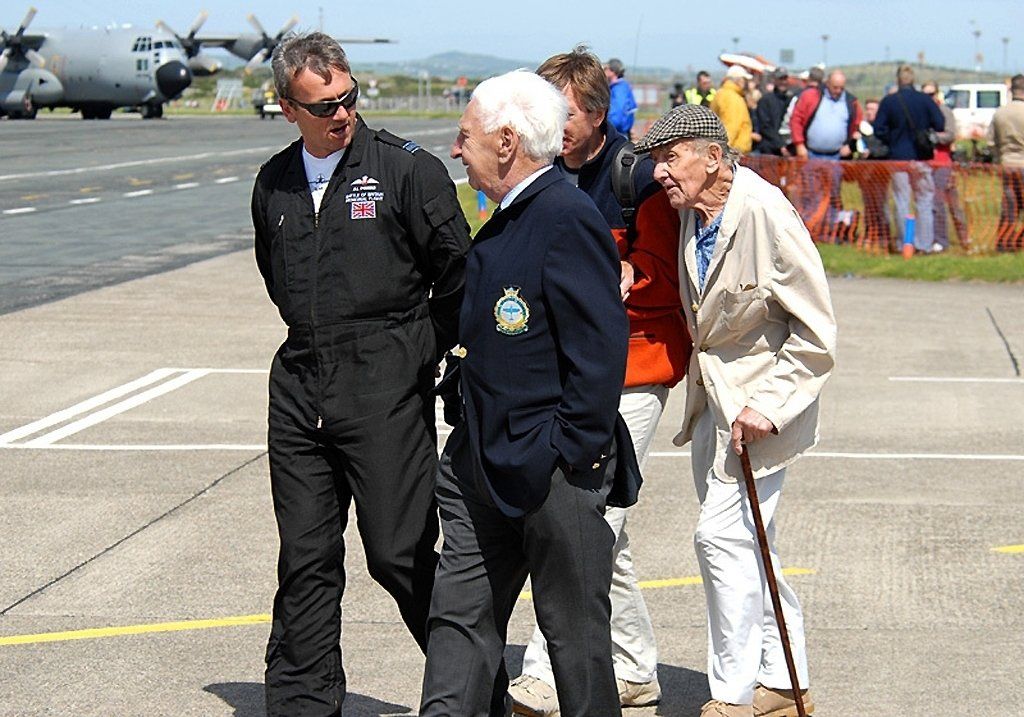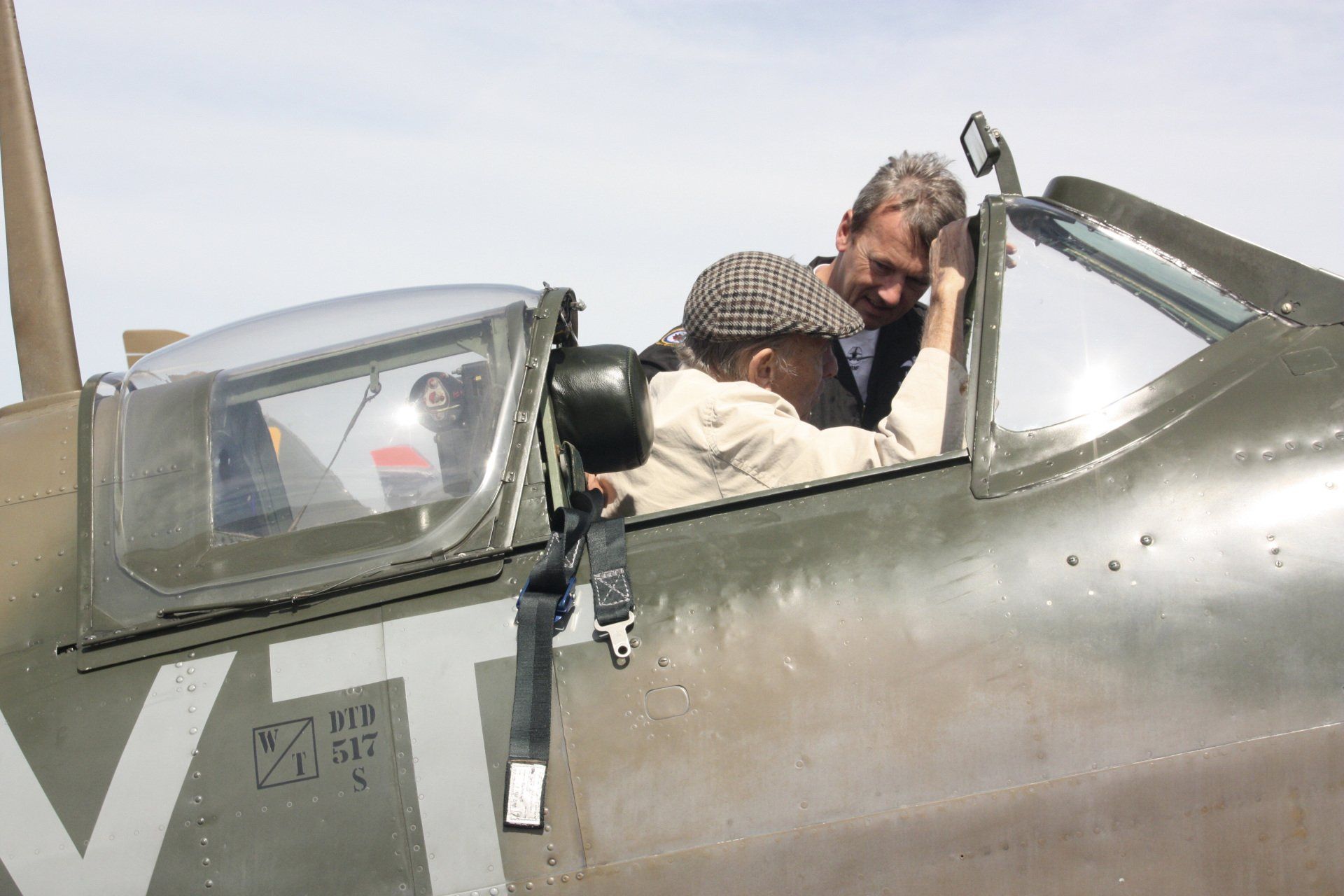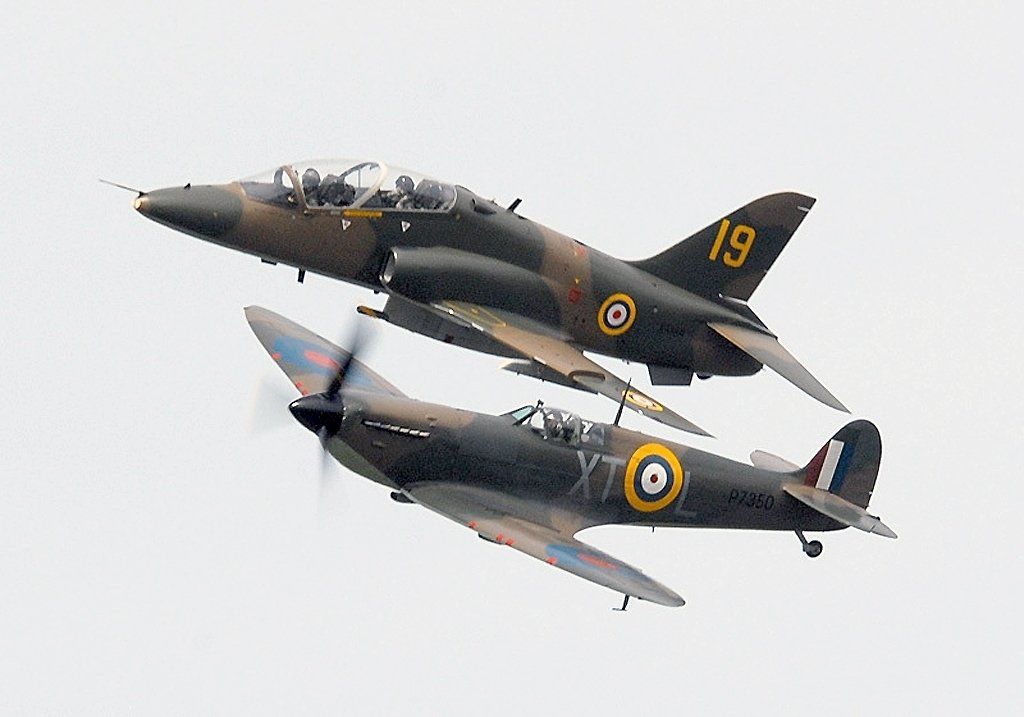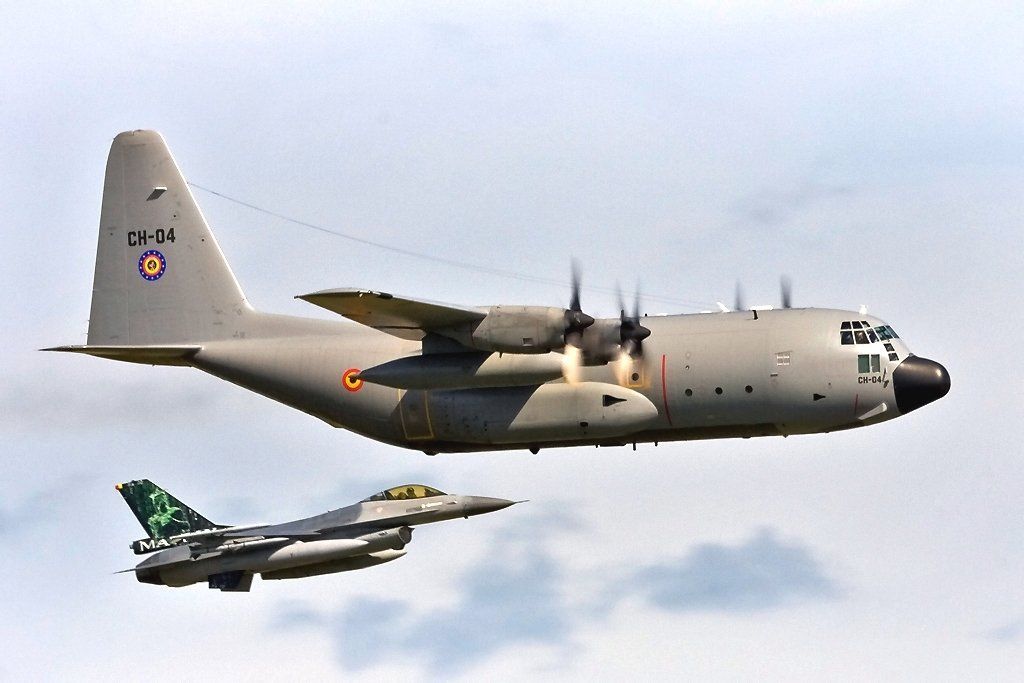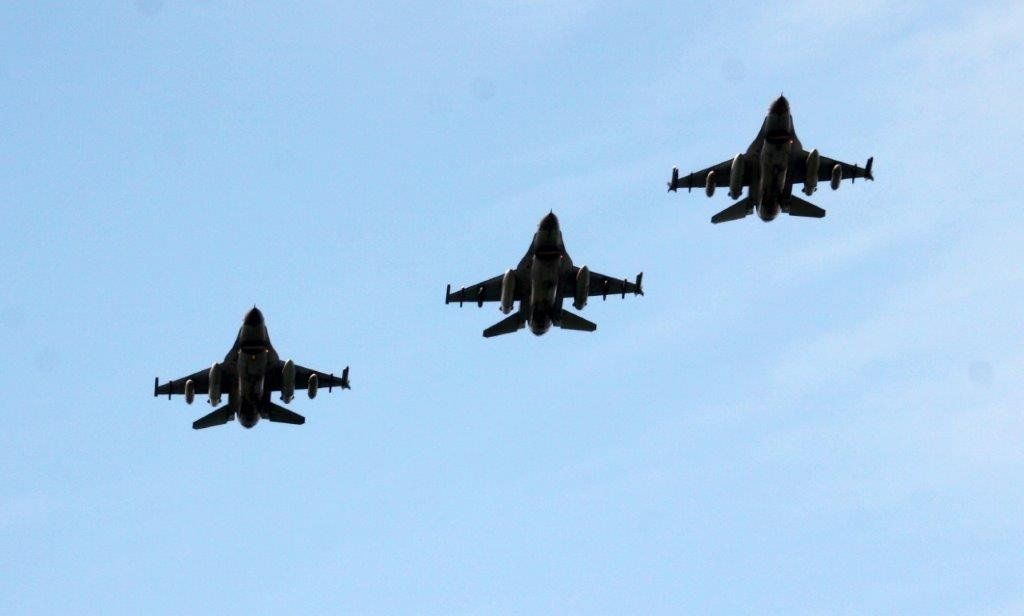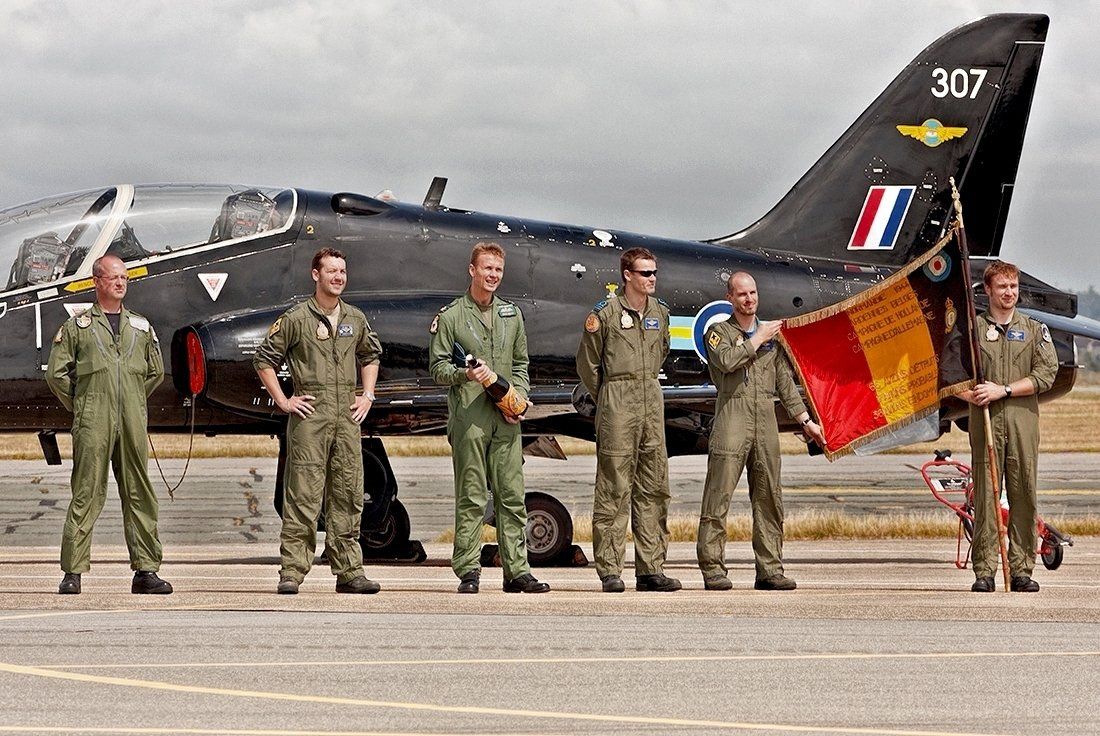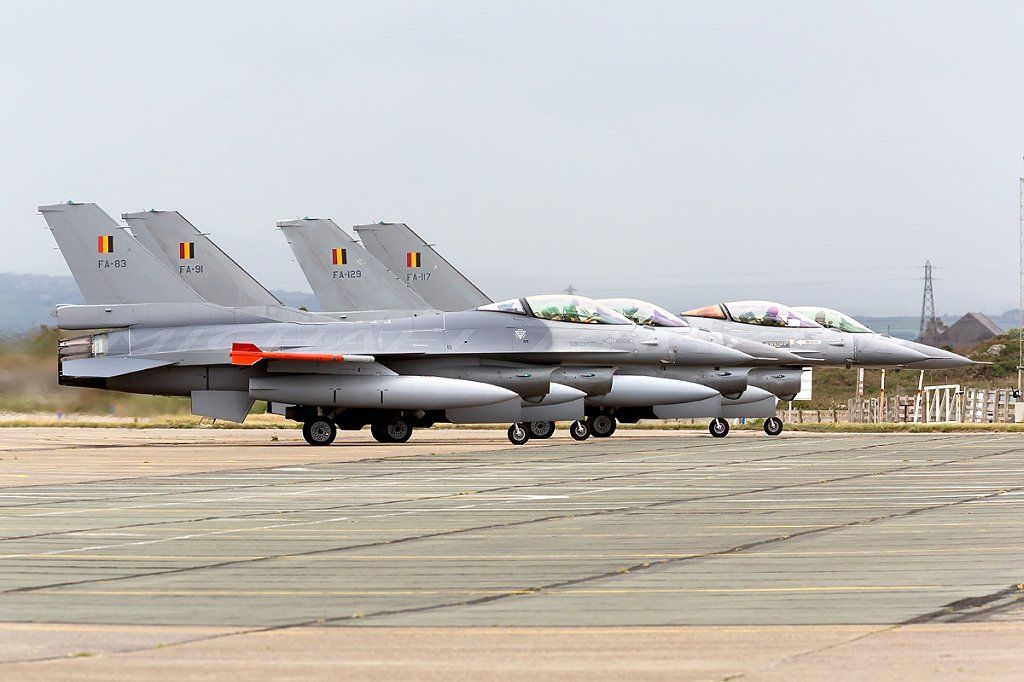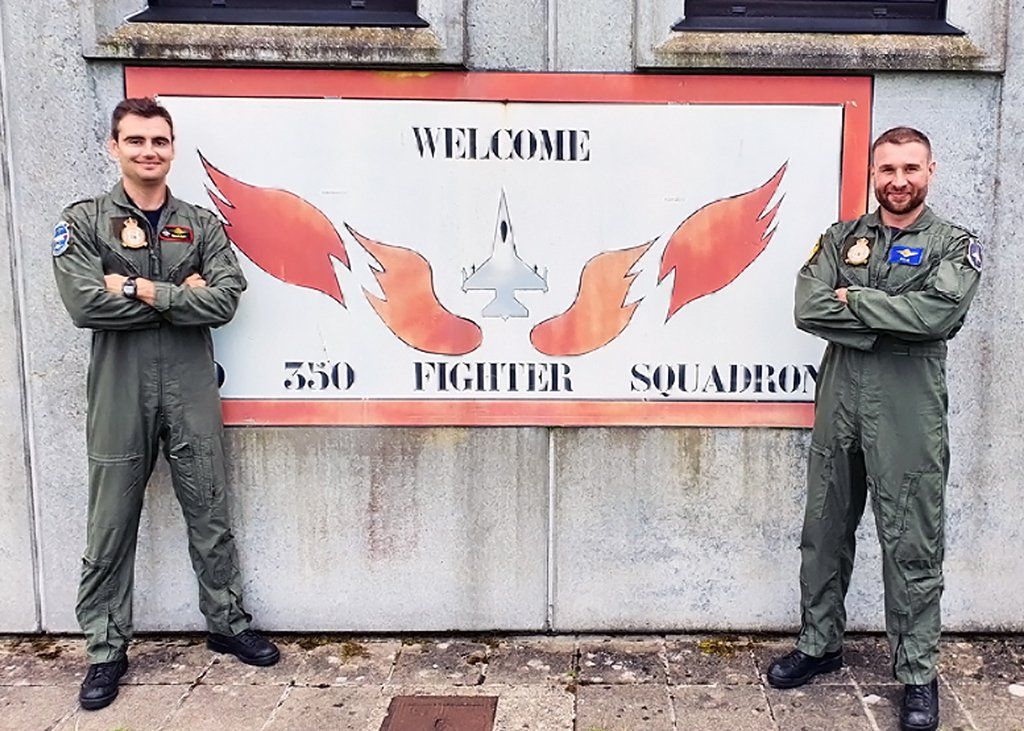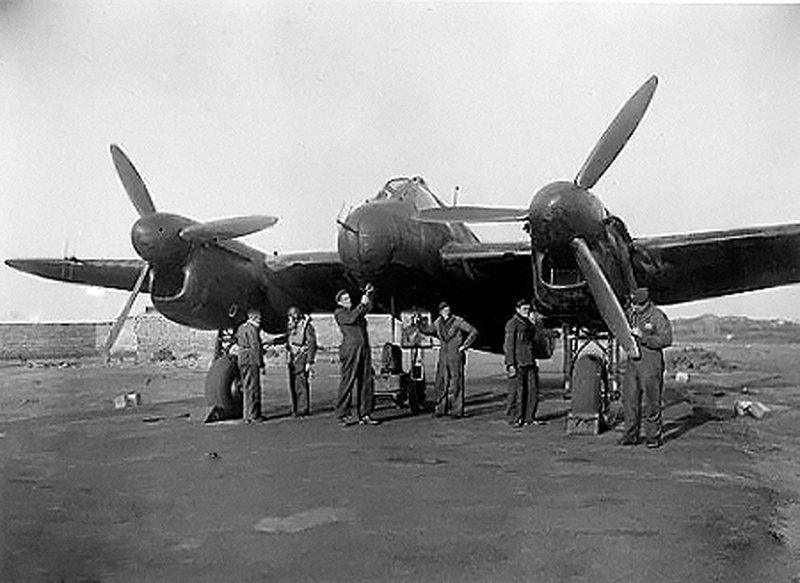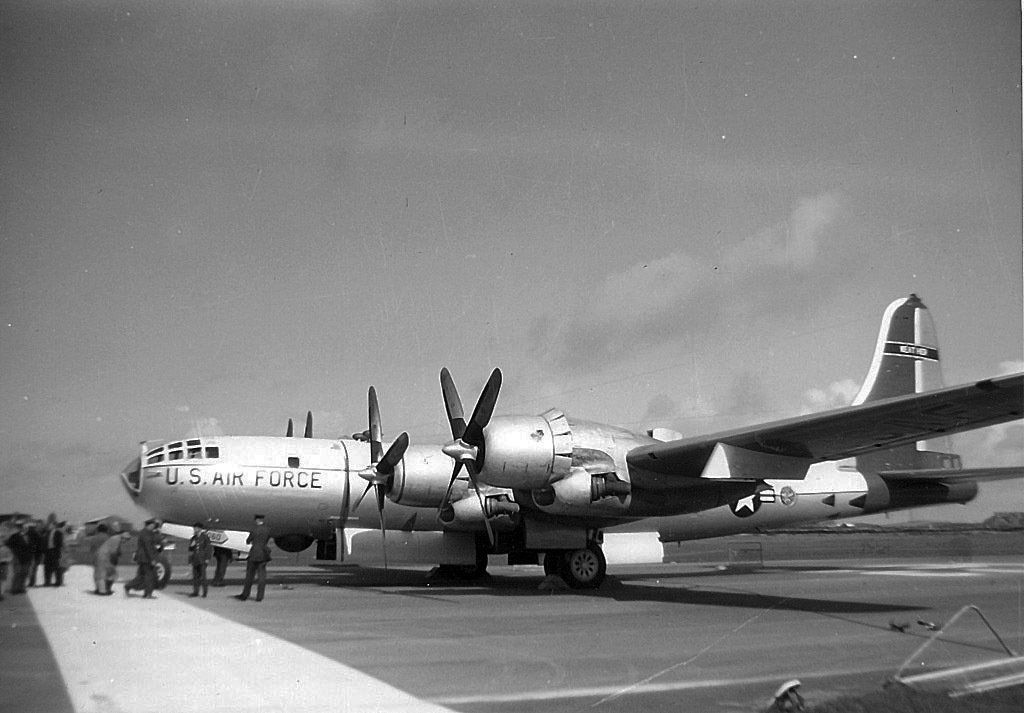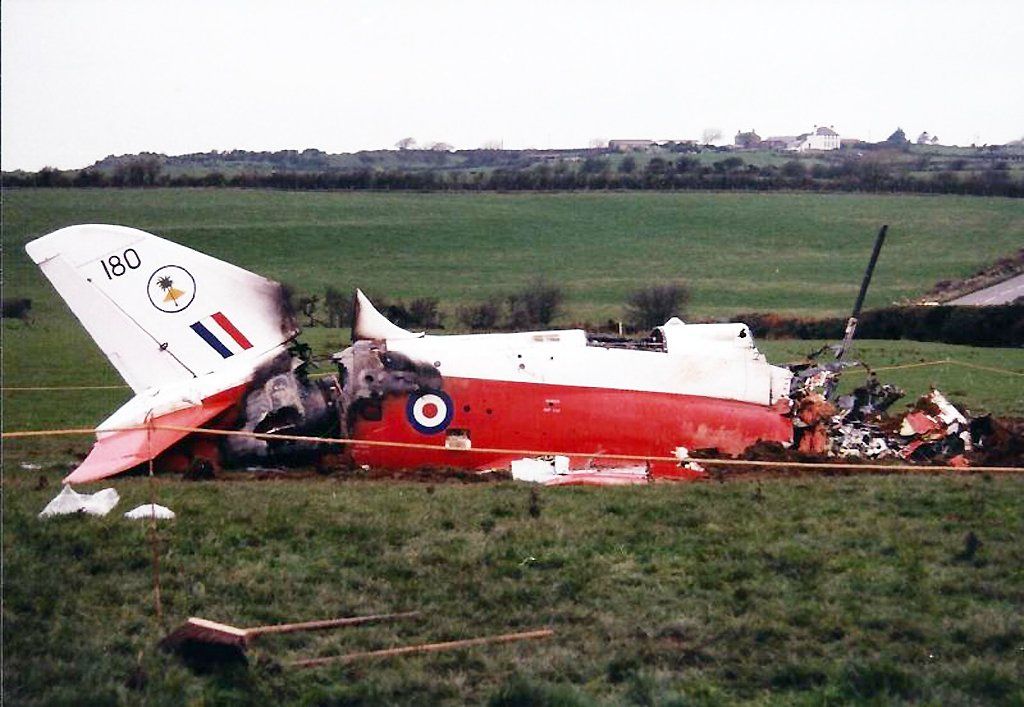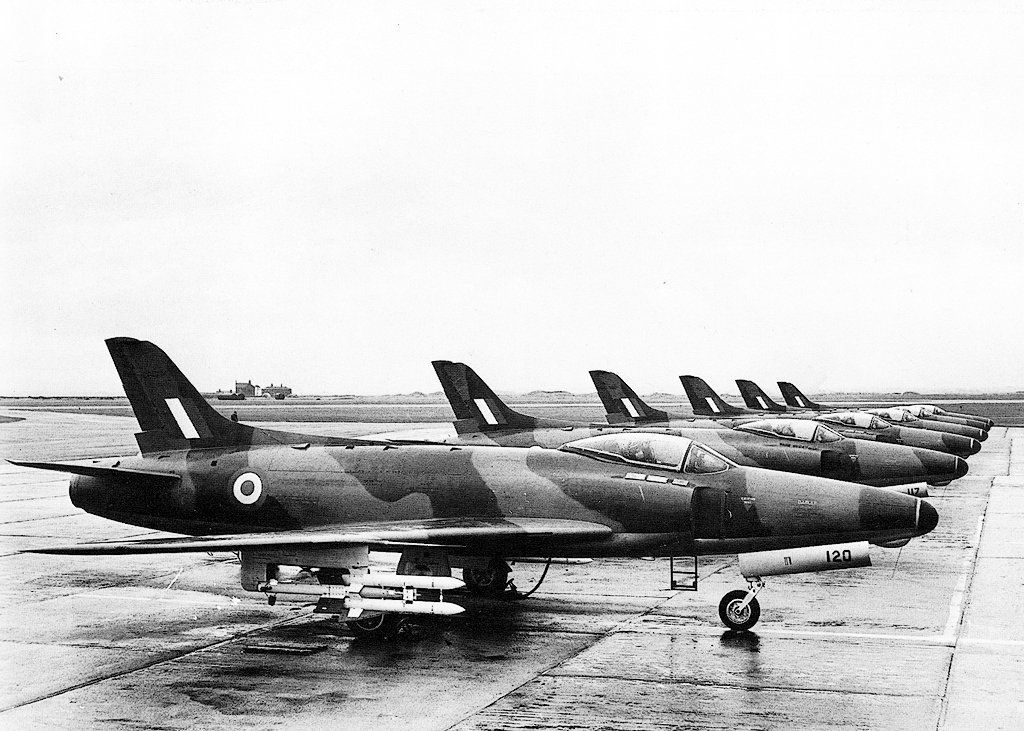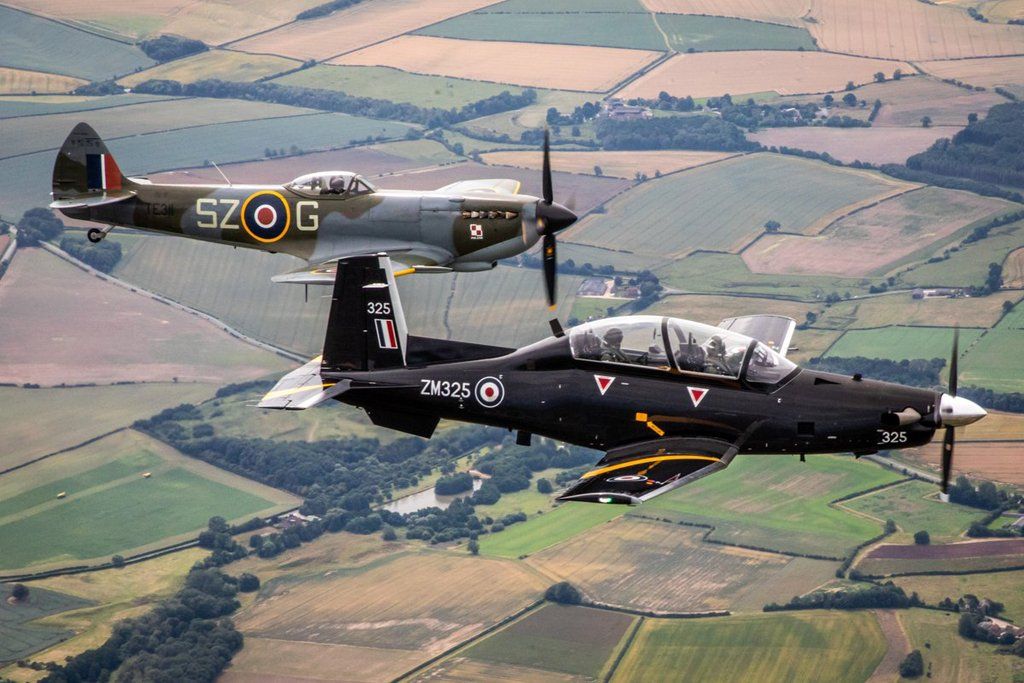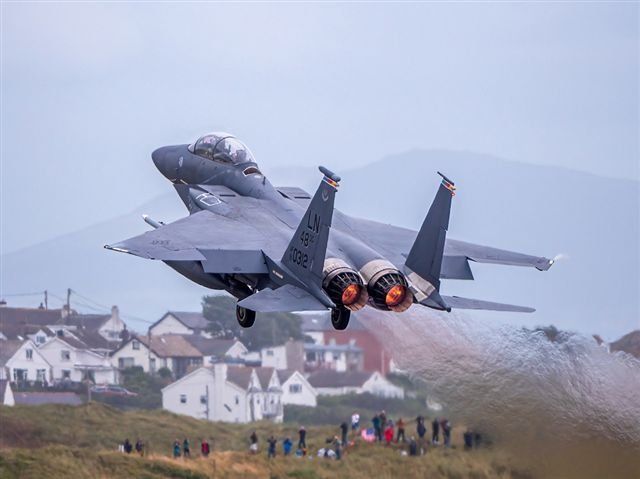No 350 (BELGIAN SQUADRON
Dennis Pritchard • 23 March 2021
No 350 (BELGIAN SQUADRON
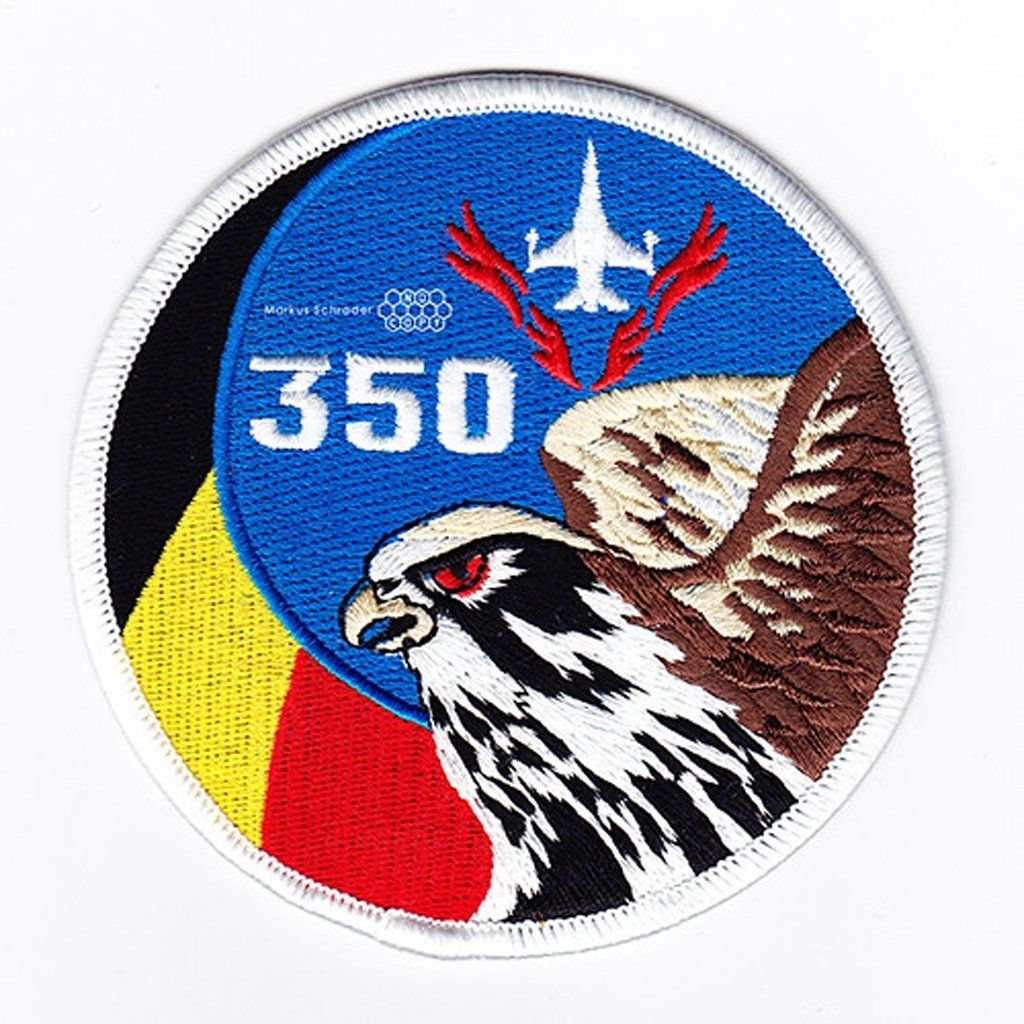
On 12 November, 1941 ´A` Flight of 131 Squadron, equipped with the Spitfire MK IIa was transferred from RAF Atcham to RAF Valley, in anticipation of forming No 350 (Belgian) Squadron and allocated the identity code of MN.
On 25 November 1941, five additional Spitfires were to be delivered from RAF Hawarden. Unfortunately due to bad weather, one crashed near the village of LLanfairpwll and the Canadian Air Transport Auxiliary pilot was killed; while a further Spitfire crash landed near the airfield perimeter, injuring the pilot who had been assigned to the squadron. The other three fighters judiciously decided to return to Hawarden and were delivered the following day.
Training was to commence with 9 aircraft on 4 December, while further Belgian pilots from Fighter Command units, together with others who had escaped Nazi Europe were to arrive. Commanded by Battle of Britain veteran, Squadron Leader J.M.Thompson; the squadron was officially declared operational on 22 December 1941, with ´A` Flight immediately commencing convoy protection sorties over the Irish Sea. By 31 December 1941, the squadron strength was up to 25 pilots and 19 Spitfire Mk IIas.
Practising formation flying for a forthcoming ceremony, on 8 January 1942, one of the Spitfires collided with a Lysander over Plas Gors, Rhosneigr. The Lysander pilot based at nearby RAF Bodorgan was unfortunately killed, while the Spitfire came down near Valley crossroads and its pilot was injured. On the same day, the squadron was informed that it would be converting to the Spitfire Mk Vb, which would be paid for by donations from the Belgian Congo Fighter Fund.
Two days later, 350 Squadron was to temporarily redeploy 12 Spitfires to RAF Northolt, with the ground crew and other officers travelling by train. On 13 January 1942, an inaugural ceremony was attended by many dignitaries representing the British and Belgian government, together with Prince Bernhart of the Netherlands. The highlight of the proceedings was the transfer of the Belgian Air Force standard to the squadron. The flag had initially been hidden, when the Germans invaded Belgium, before it was smuggled out of the country by escaping Belgian pilots. The event was finally concluded with the 12 aircraft performing flypasts for the invited guests.
Upon its return to RAF Valley on the following day, the squadron began preparing for its move to RAF Atcham, scheduled for 19 February 1942. However, by April it was based at RAF Debden and commenced convoy escort duties over the English Channel, followed by various fighter sweeps and bomber escort sorties into Nazi Europe, including its first target in Belgium on 3 May 1942.
It was in 1943, that the squadron chaplain, Squadron Leader Clément Boone devised its badge, with the motto, “Belgique Gallorum Fortissimi”, which translates as “Of all of the Gauls, the Belgians are the Bravest”, which was attributed to a statement made by Julius Caesar.
During the next two years, the squadron was continuously on the move, whilst still conducting fighter sweeps and escorting RAF and USAAF bomber raids, including a short visit back to Wales in February 1944 for gunnery practice at RAF LLanbedr with Spitfire Mk IXs. Following the support of the D-Day Landings on 6 June 1944, a brief period led to sorties attacking the dreaded V 1 flying bombs, which were over flying southern England from France, with 6 of the Doodlebugs being destroyed.
It was finally in December that an emotional departure from England and by then equipped with Spitfire Mk XIVs, saw them return home to Belgium, when first assigned to Evere before moving on to Ophoven. Progressing north through the Netherlands, which included supporting Operation Market Garden. No 350 Squadron was to eventually conclude combat operations at Fassberg, Germany, where it celebrated VE-Day on 8 May, 1945.
During this period, since leaving RAF Valley, the squadron had been based at no less than 33 airfields in the U.K., followed by 7 on the continent of Europe. 90 Belgian and 13 British pilots were to fly with the squadron, with 23 being unfortunately killed. They were to claim 51 enemy aircraft destroyed, 6 probable and 29 damaged. In addition, literally hundreds of ground targets of every description had been destroyed.
Of note, was Squadron Leader Terry Spencer, who took over command on 4 January 1945, while the squadron was based at Eindhoven. Shortly after, while on a low level strafing mission over Germany, his Spit was hit by flak and crash landed and he was captured; only to return back to base 20 days later after having escaped! On 19 April, with the squadron having now moved to Celle, Germany, he resumed operations. Having destroyed a Ju 88 on the ground, he went on attack an enemy trawler in Wismar Bay, northern Germany. Unfortunately, his Spitfire was struck by coastal enemy fire whilst at a height of only 30 feet. As his fighter struck the water and broke up; he was literally thrown out of the cockpit and managed to deploy his parachute, which rose due to its forward momentum to a height of 30 to 40 feet before he landed in the sea, sustaining some injuries. He was again captured and hospitalised, but two weeks later, he was to be freed by the advancing Allied forces. Squadron Leader Terry Spencer was later credited in the Guinness Book of Records with having successfully bailed out at the lowest ever recorded height! He was to receive his D.F.C and later, the Belgian Croix de Guerre avec Palm.
The squadron was to remain in Germany with the RAF as part of the allied occupying forces, before it was disbanded on 15 October 1946 and transferred to the Belgian Air Force with its Spitfires and allocated to the 1st Fighter Wing, stationed at Beauvechain AB. Entering the jet age in July 1949, it received the Meteor Mk 4, before progressing to the Mk 8; the Hunter Mk 4 and then the Avro Canada CF 100 Canuk all weather fighter, before receiving the Mach 2 F/TF-104G Starfighter; with the first aircraft arriving at Beauvechain AB on 19 April 1963, coded FX-04. Another F-104/FX-11, which was issued to 35O Squadron, beat the Brussels to Paris record with a run in 9 minutes 55 seconds at an average speed of 978.9 mph! On 1 May 1969, the Starfighter display team known as the Slivers was formed, representing the Belgian Air Force, including pilots from the squadron and was to continue until its last performance on 11 July 1975.
In January 1979, 350 was the first European NATO unit to commence conversion to the F-16A/B and become operational in January 1982. In 1993, the squadron moved to its current base at Florennes , under the command of the 2nd Tactical Wing.
Since 1996, the squadron has sent detachments in support of various NATO commitments; commencing with the troubles in the former Yugoslavia over Serbia and later Kosovo. During the 2000s, while the jets were going through the MLU conversion to the F-16AM/BM, operations out of Afghanistan was continuing as well as involvement in the Libyan campaign. Currently, detachments are still being made to Lithuania and Estonia in support of NATO Baltic Air Policing, as well as to bases in Eastern Europe.
The Belgian government have now agreed to purchase the F-35A Lightning II in 2023. Whether No 350 (Belgian) Squadron is to receive these next generation jets; only time will tell!
Aerophile (With assistance by No 350 Squadron historians)
Photo 1 – No 350 Squadron Badge
Photo 2 – Sqn/Ldr J.M.Thompson’s Spitfire Mk IIa, P 7297/MA at RAF Valley in December 1941. (350 Sqn)
Photo 3 – Receiving the BAF colours at RAF Northolt in February 1942. (Andrē Bar Collection).
Photo 4 – No 350 Squadron fly past over RAF Northolt. (Andrė Bar Collection)
Photo 5 – Spitfire Mk XIV, NM 693/MA/S. (Andrē Bar Collection
Photo 6 – At Celle AB, Germany in April 1945. (Andrė Bar Collection)
Photo 7 – Sqn/Ldr Terry Spencer D.F.C. (41 Squadron Association)
Photo 8 -- Meteor F Mk 4s at Beauvechain AB in 1949. (350 Sqn)
Photo 9 – F-104G Starfighter. (BAF)
Photo 10 – The Slivers in action! (BAF)
Photo 11 – Back in Wales. (Meirion Williams)


